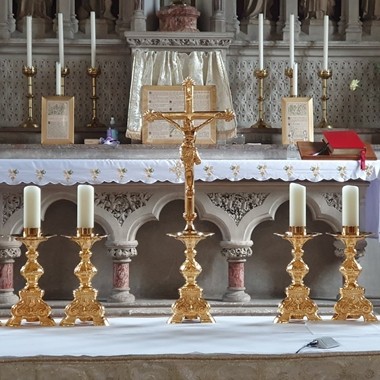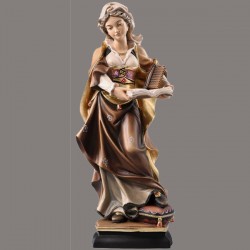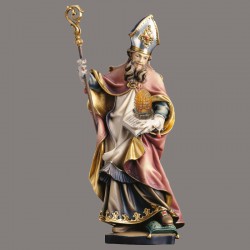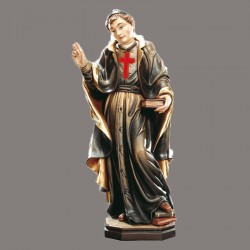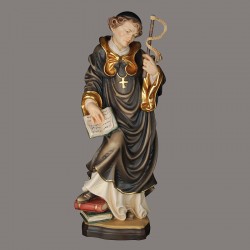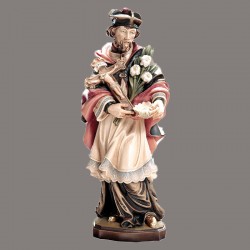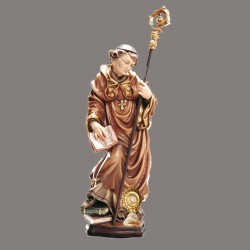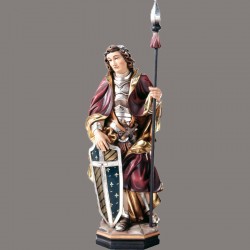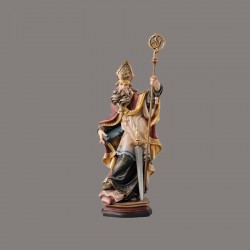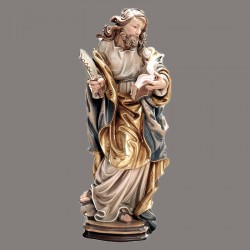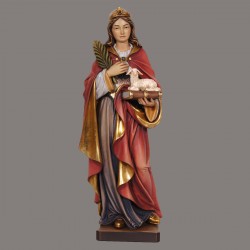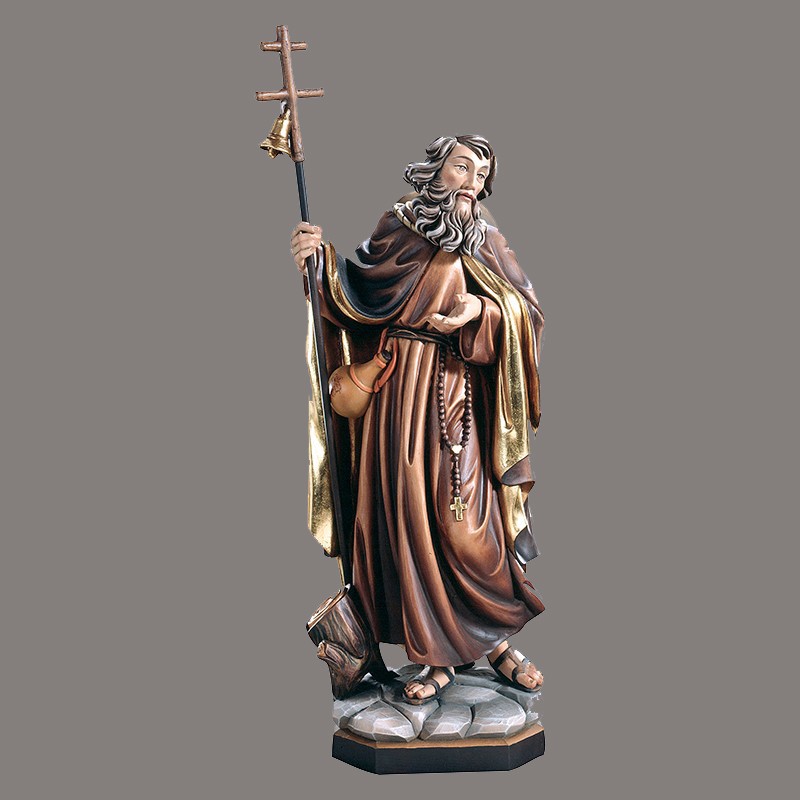
Due to the size of this item, delivery outside of the UK mainland will be calculated once we receive your order. This is to ensure that we get the item to you as soon as we can at the best price possible.
To discuss any additional delivery costs prior to placing your order, please contact our customer service team. *Note that delivery costs calculated prior to your order being placed may be subject to change, due to fluctuating shipping costs.
Saint Gall, or Gallus (c. 550 – c. 646, German: Sankt Gallus) according to hagiographic tradition was a disciple and one of the traditional twelve companions of Saint Columbanus on his mission from Ireland to the continent. Saint Deicolus was the elder brother of Gall.
The fragmentary oldest Life was recast in the 9th century by two monks of Reichenau, enlarged in 816–824 by Wettinus, and about 833–884 by Walafrid Strabo, who also revised a book of the miracles of the saint. Other works ascribed to Walafrid tell of Saint Gall in prose and verse.
Gallus' origin is a matter of dispute. According to his 9th-century biographers in Reichenau, he was from Ireland and entered Europe as a companion of Columbanus. The Irish origin of the historical Gallus was called into question by Hilty (2001), who proposed it as more likely that he was from the Vosges or Alsace region. Schär (2010) proposed that Gallus may have been of Irish descent but born and raised in the Alsace.
According to the 9th-century hagiographies, Gallus as a young man went to study under Comgall of Bangor Abbey. The monastery at Bangor had become renowned throughout Europe as a great centre of Christian learning. Studying in Bangor at the same time as Gall was Columbanus, who with twelve companions, set out about the year 589.
Gall and his companions established themselves with Columbanus at first at Luxeuil in Gaul. In 610, St. Columban was exiled by leaders opposed to Christianity and fled with St. Gall to Alemannia.[6] He accompanied Columbanus on his voyage up the Rhine River to Bregenz but when in 612 Columbanus travelled on to Italy from Bregenz, Gall had to remain behind due to illness and was nursed at Arbon. He remained in Alemannia, where, with several companions, he led the life of a hermit in the forests southwest of Lake Constance, near the source of the river Steinach. Cells were soon added for twelve monks whom Gall carefully instructed. Gall was soon known in Switzerland as a powerful preacher.
When the See of Constance became vacant, the clergy who assembled to elect a new Bishop were unanimously in favour of Gall. He, however, refused, pleading that the election of a stranger would be contrary to Church law. Some time later, in the year 625, on the death of Eustasius, abbott of Luxeuil, a monastery founded by Saint Columbanus, members of that community were sent by the monks to request Saint Gall to undertake the government of the monastery. He refused to quit his life of solitude, and undertake any office of rank which might involve him in the cares of the world. He was then an old man.
He died at the age of ninety-five around 646–650 in Arbon












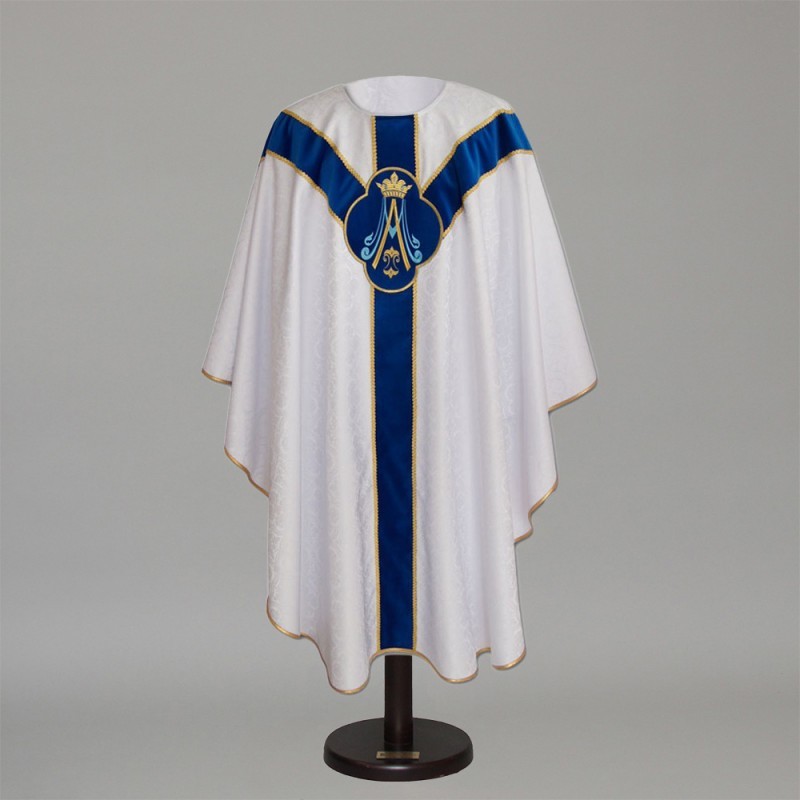


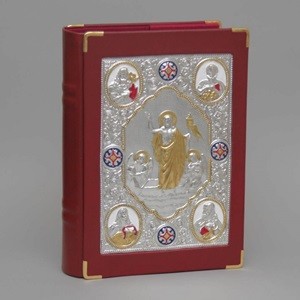
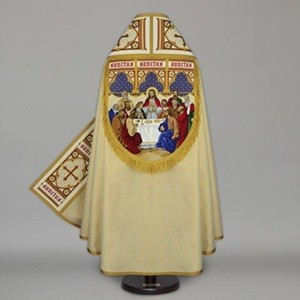


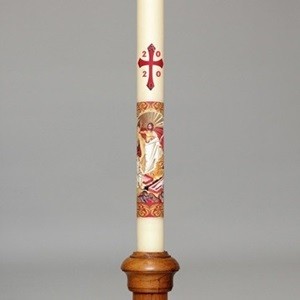
.jpg)



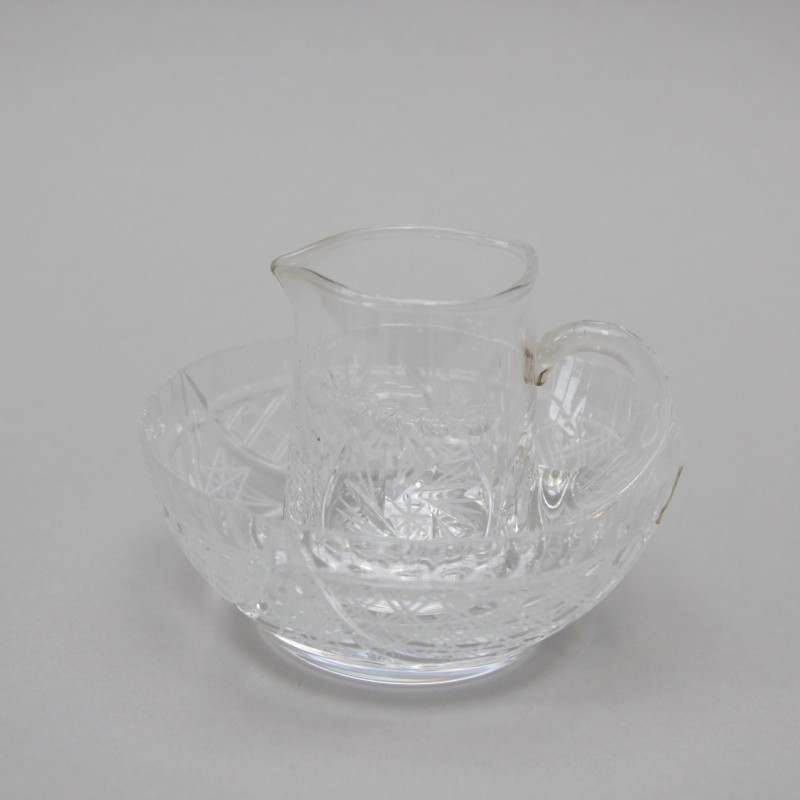
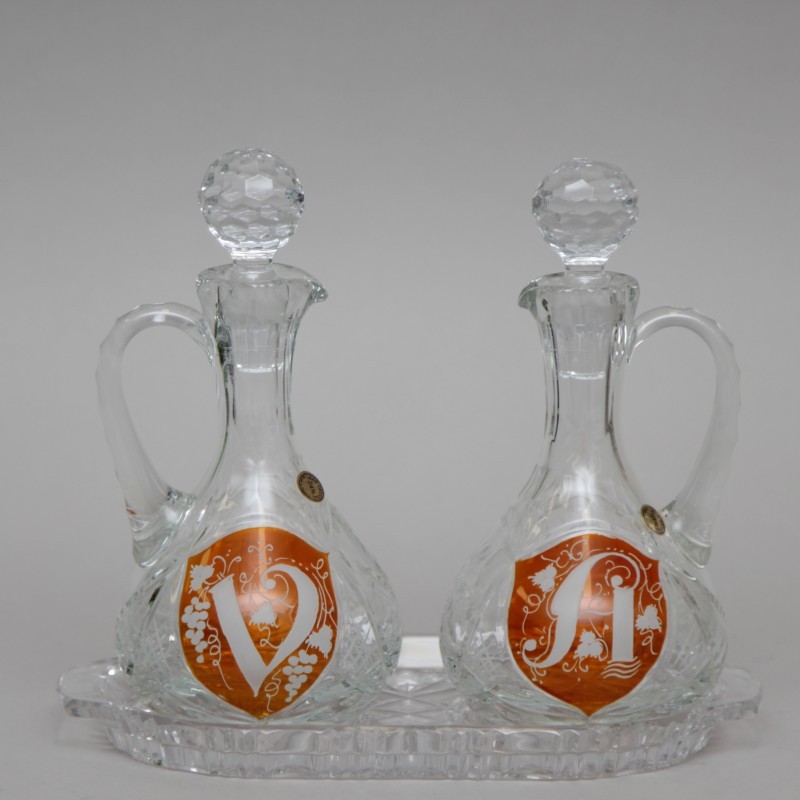
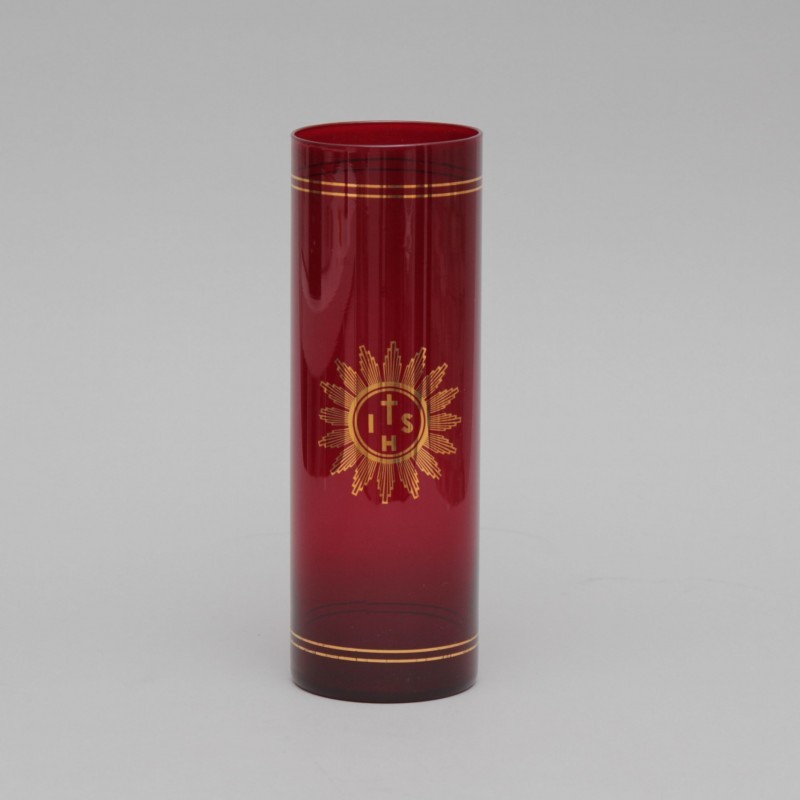

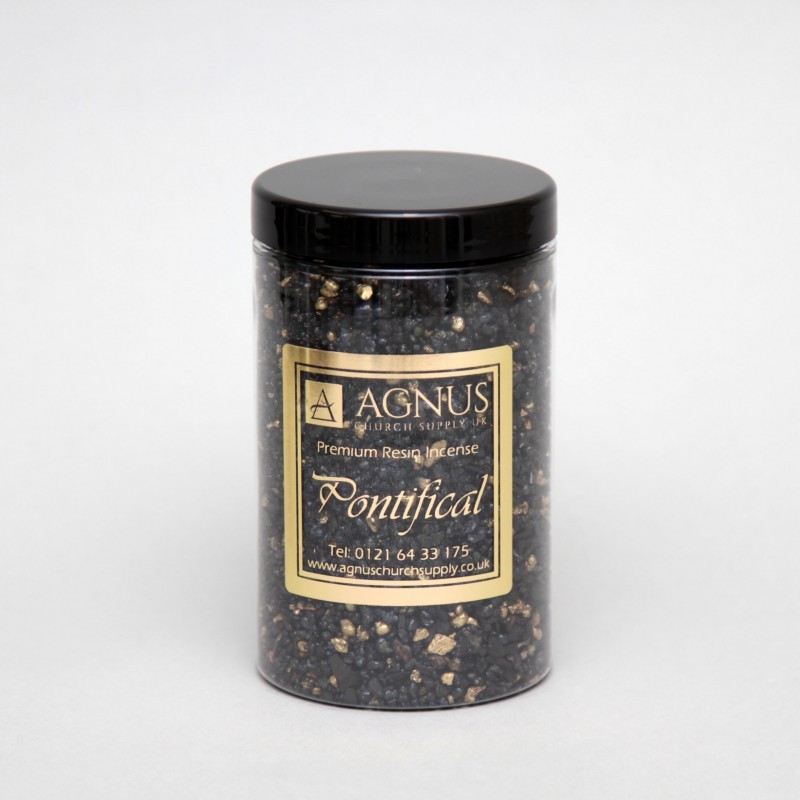
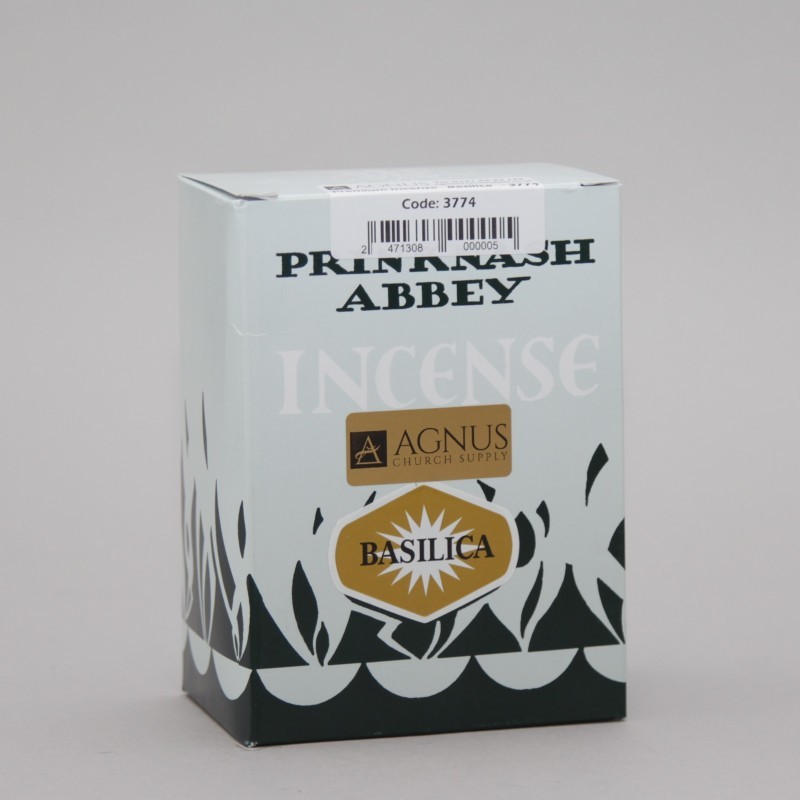
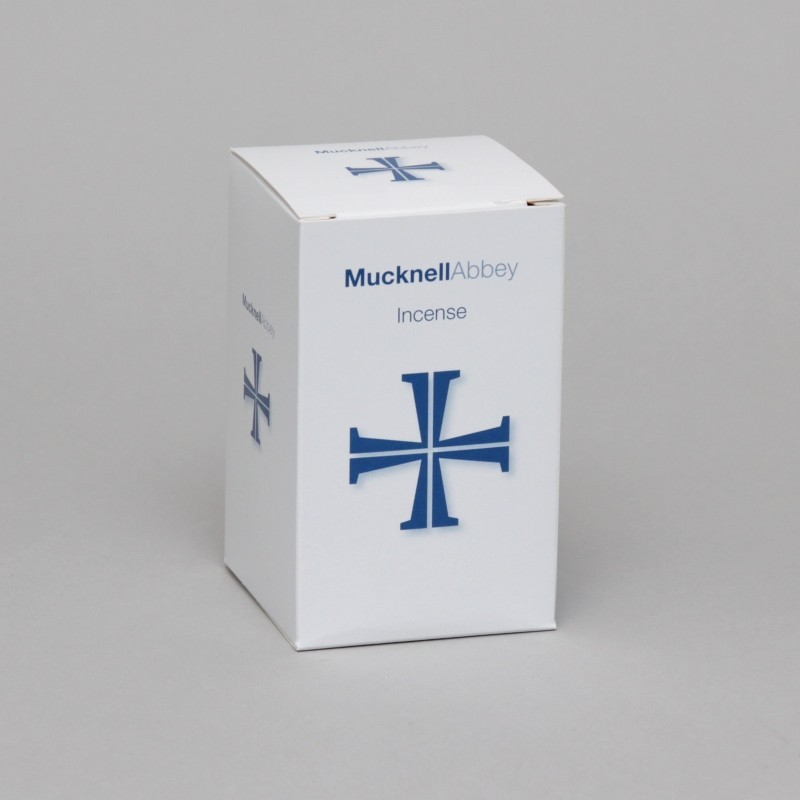
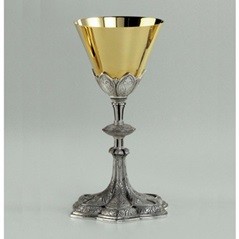


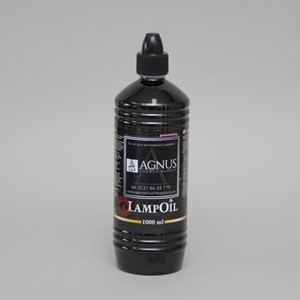














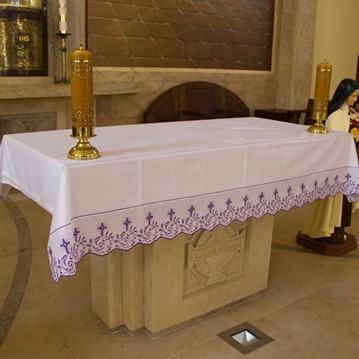

.jpg)
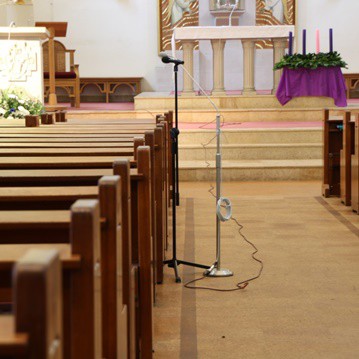







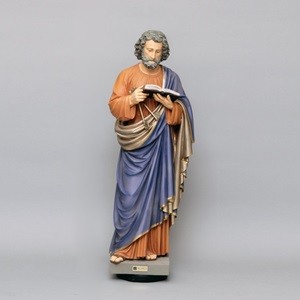


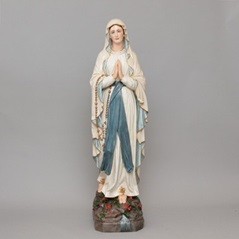





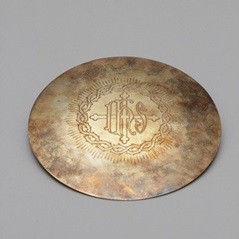





















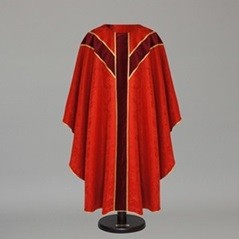









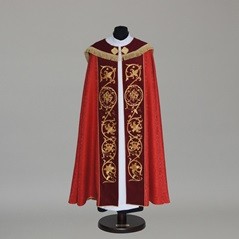

.jpg)
.jpg)
.jpg)

.jpg)
.jpg)

